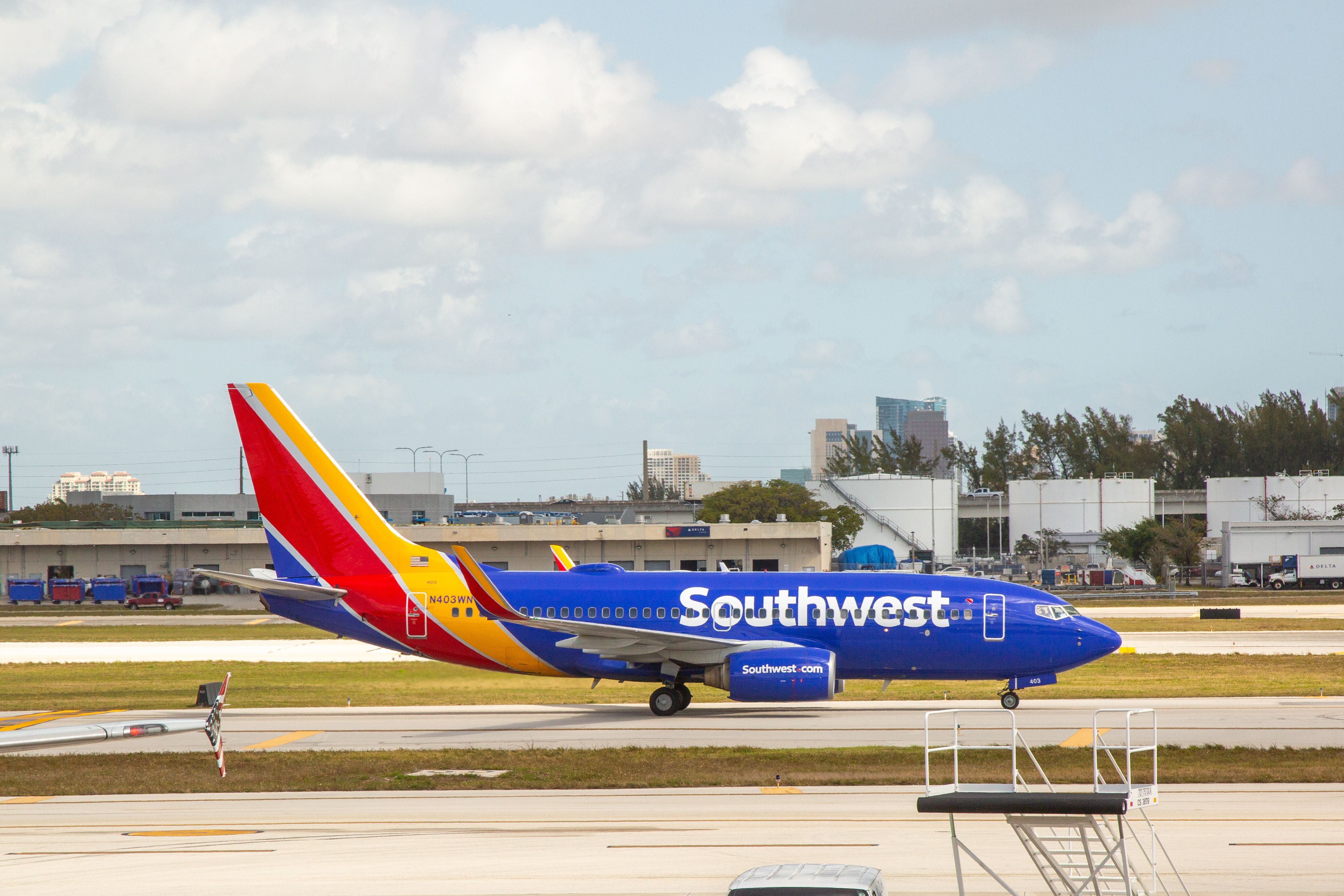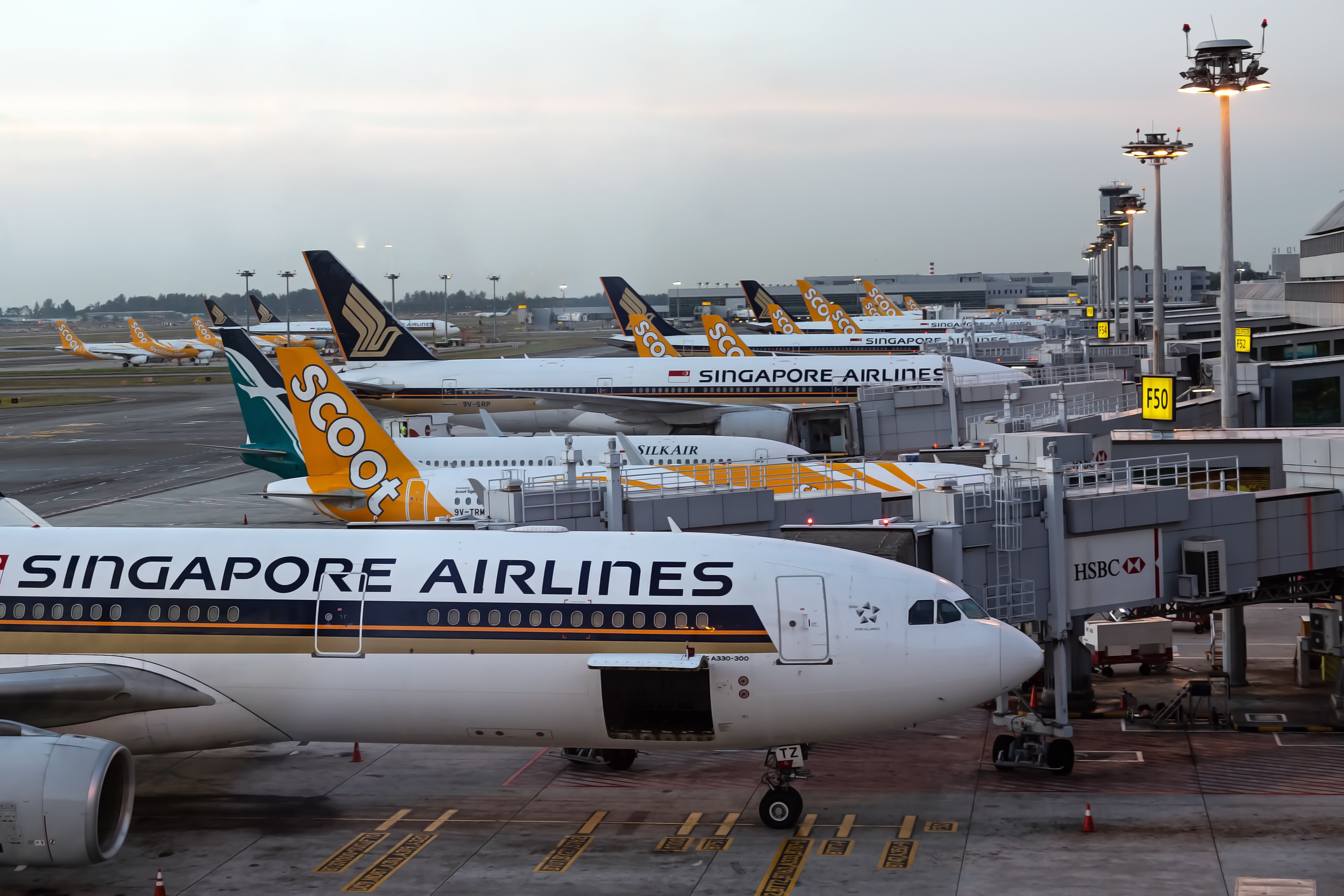Travel
Major US Airlines Forecast A 6.3% Increase In Summer Travel

Summary
- Summer travel in the US is expected to increase by 6.3% compared to 2023.
- Airlines in the country are expected to fly more than 270 million passengers.
- The rise in travel is a global trend, with carriers across the world reporting heavy traffic.
If travel trends are anything to go by, US airlines can expect a massive summer season that could break records. Airlines for America (A4A), a group representing the carriers in the country, estimates that more than 270 million passengers will travel on US airlines to travel across the world. Clearly, all airlines in the country can expect busy months ahead!
6.3% increase in summer travel
Airlines for America is quite upbeat about the travel demand in the coming months and forecasts that carriers in the US will fly around 271 million passengers to various destinations across the world. It has taken into account the period from June 1 to August 31.
Photo: Wangkun Jia | Shutterstock
When compared to the same period last year, which also set a new record, this year’s forecast is 6.3% more than the 2023 summer. Last year, US airlines carried 255 million passengers. Rebecca Spicer, A4A Senior Vice President of Communications, commented,
“U.S. airlines are excited to fly a record number of travelers this summer. Our carriers have adjusted their schedules to adapt to current realities of our National Airspace System (NAS), helping to alleviate some of those pressure points and making for a smooth summer travel season.”
Photo: sockagphoto | Shutterstock
Are the airports ready?
Naturally, airlines in the country have to schedule thousands of flights to accommodate travelers booked to fly this summer season. A4A says that US airlines will offer more than 26,000 scheduled flights per day, which is more than 1,400 from last summer.
Airports can expect huge footfalls and need to be ready to handle the surge in air traffic. However, many airports currently face shortages of air traffic controllers, affecting flight capacity in many cases.
Per Reuters, many facilities in the country already have their ATC staff working at maximum capacity, including mandatory overtime, resulting in a six-day work week. This is being done to mitigate the current staffing shortage.
Photo: Gorodenkoff I Shutterstock
After assessing the current situation, the Federal Aviation Administration (FAA) has also delayed implementing amendments to the rest rules requirements for air traffic controllers (ATC). The plan was to mandate ten hours off between shifts and 12 hours before a midnight shift. But with the current shortage, it has been put on hold temporarily.

Staff Shortage: FAA Delays Rest Rule Implementation For Air Traffic Controllers
Staffing shortages have paused the FAA’s plan to implement changes to the air traffic control (ATC) rest rules.
The situation is severe enough for airlines to seek an extension of minimum flight requirement cuts due to ongoing air traffic controller shortages in New York City airports. It remains to be seen how this plays out in the busy months ahead.
Global travel surge
The demand for more flights is not restricted to just the US. Airlines around the world are witnessing a massive surge in passengers and are tweaking their networks to accommodate travelers. Air India recently announced additional flights to Amsterdam, Milan, and Copenhagen in the coming weeks, while Canada’s WestJet also has a record 15 summer routes to Europe and Asia.
Photo: Dmitry Dven | Shutterstock
The Singapore Airlines Group has also surpassed its pre-COVID figures amid solid demand, resulting in Changi Airport also witnessing pre-pandemic numbers with increased footfall.
What are your views on this? Please leave a comment below.












